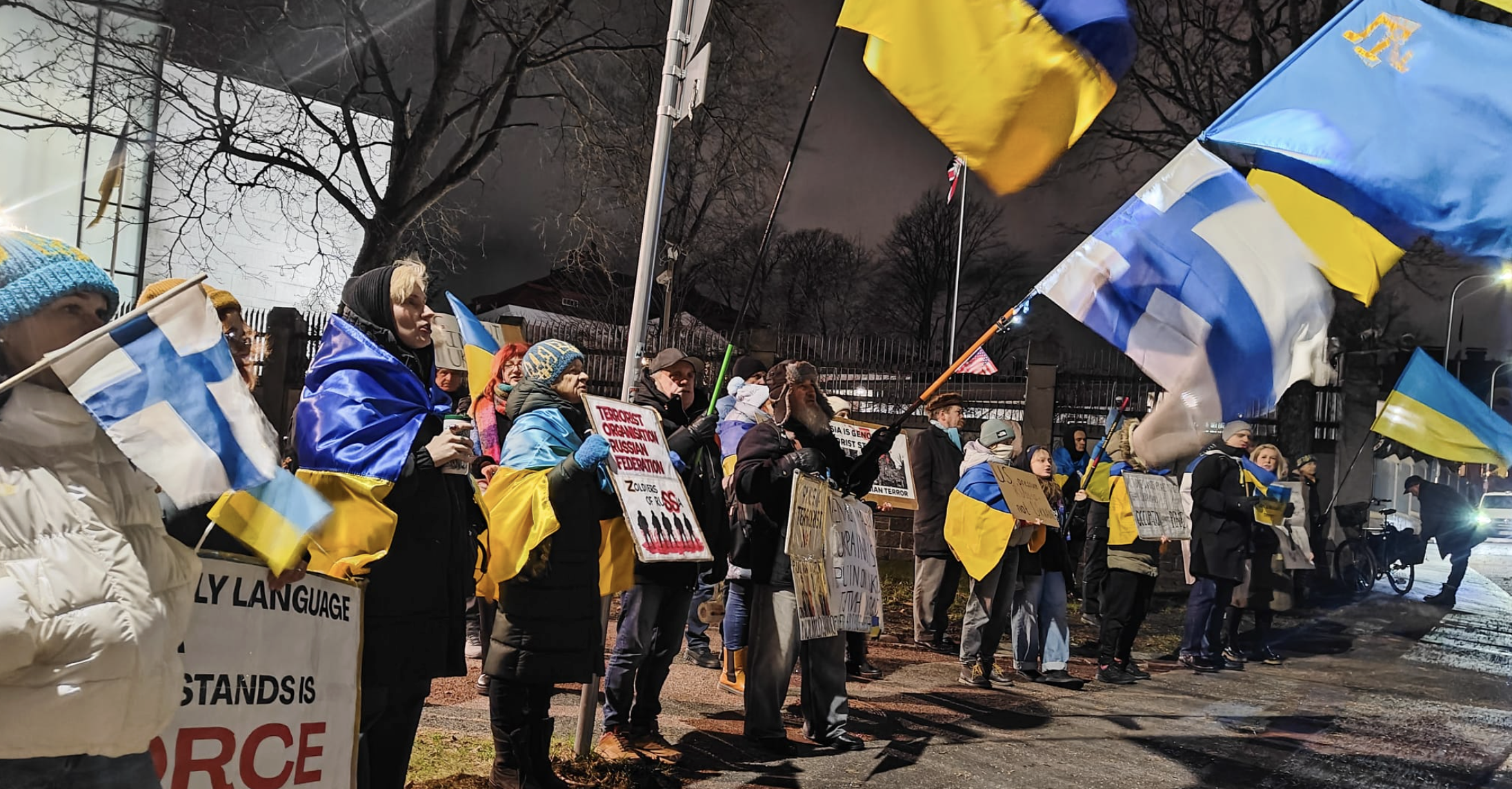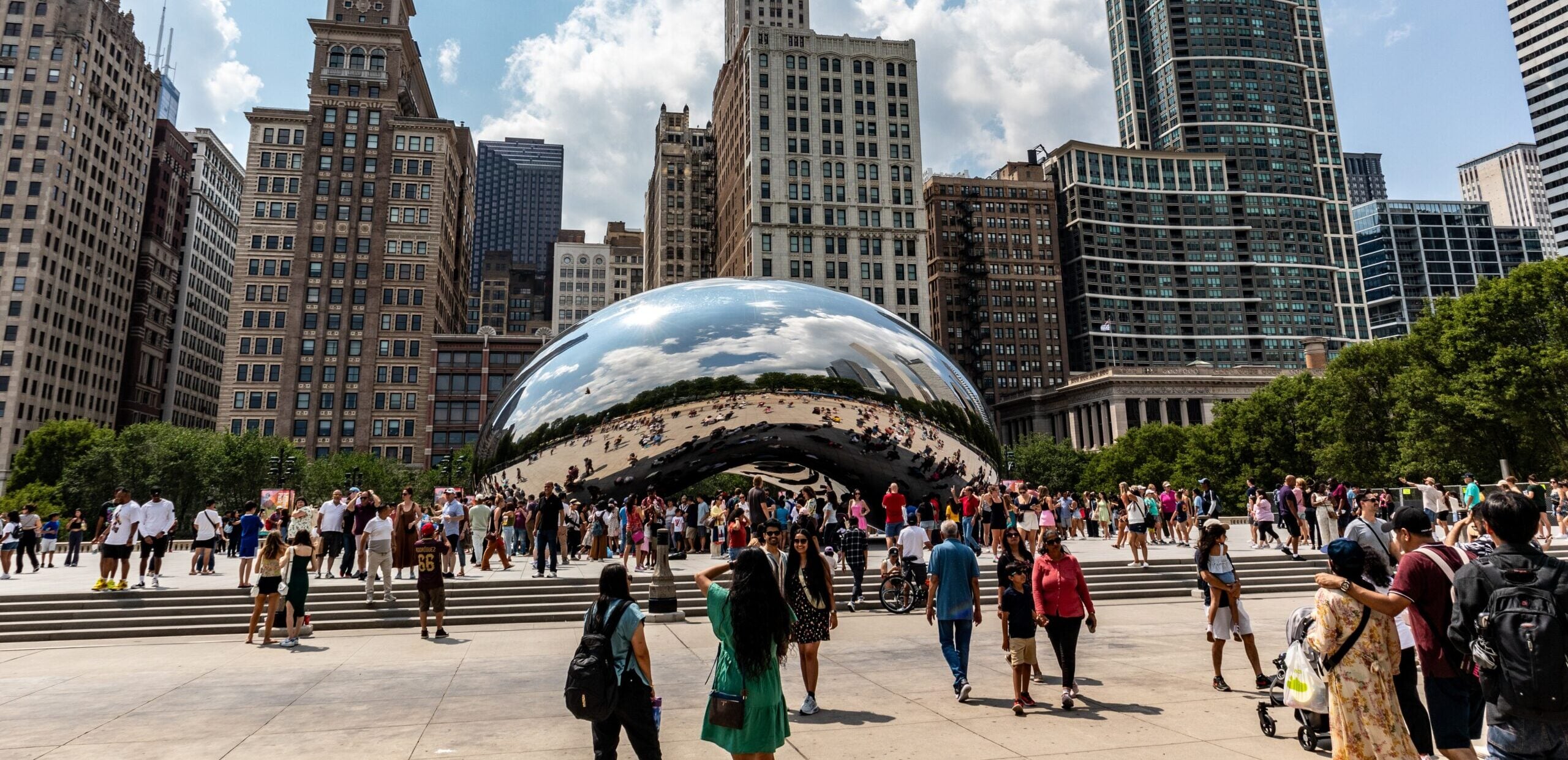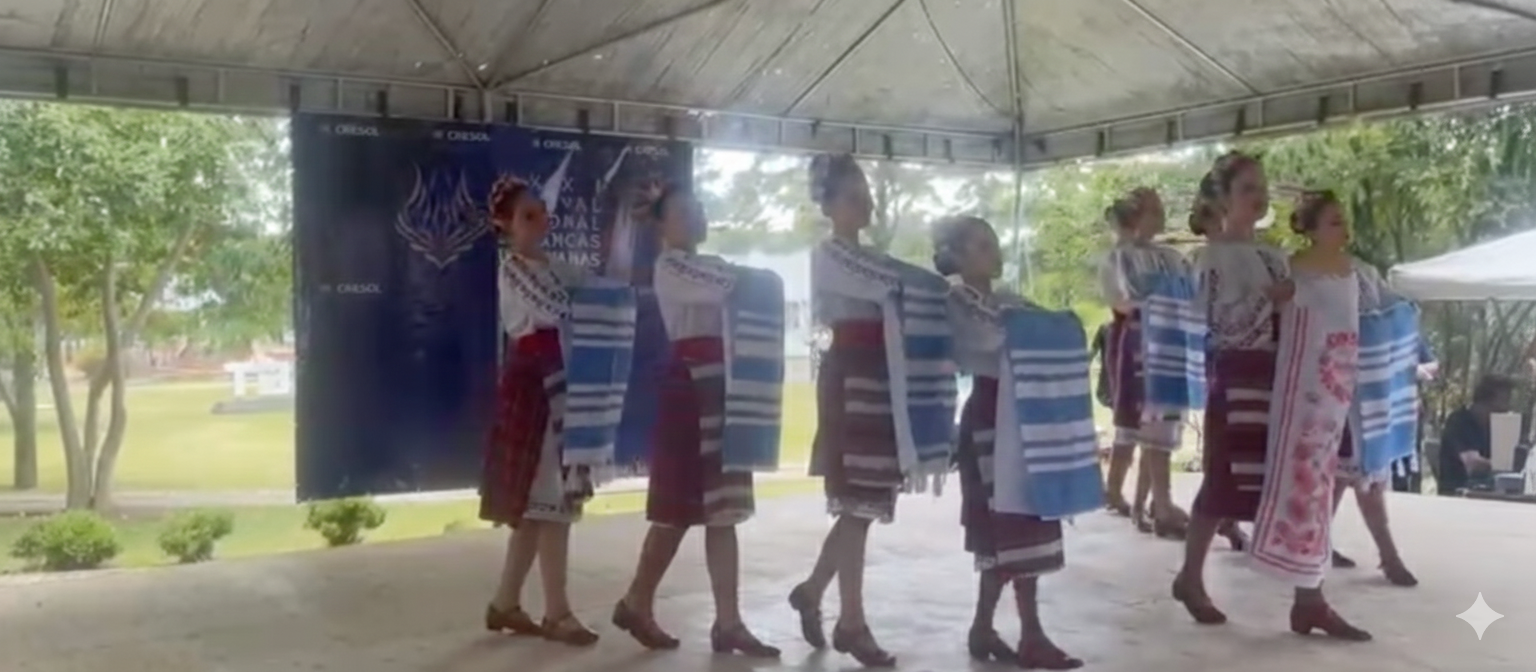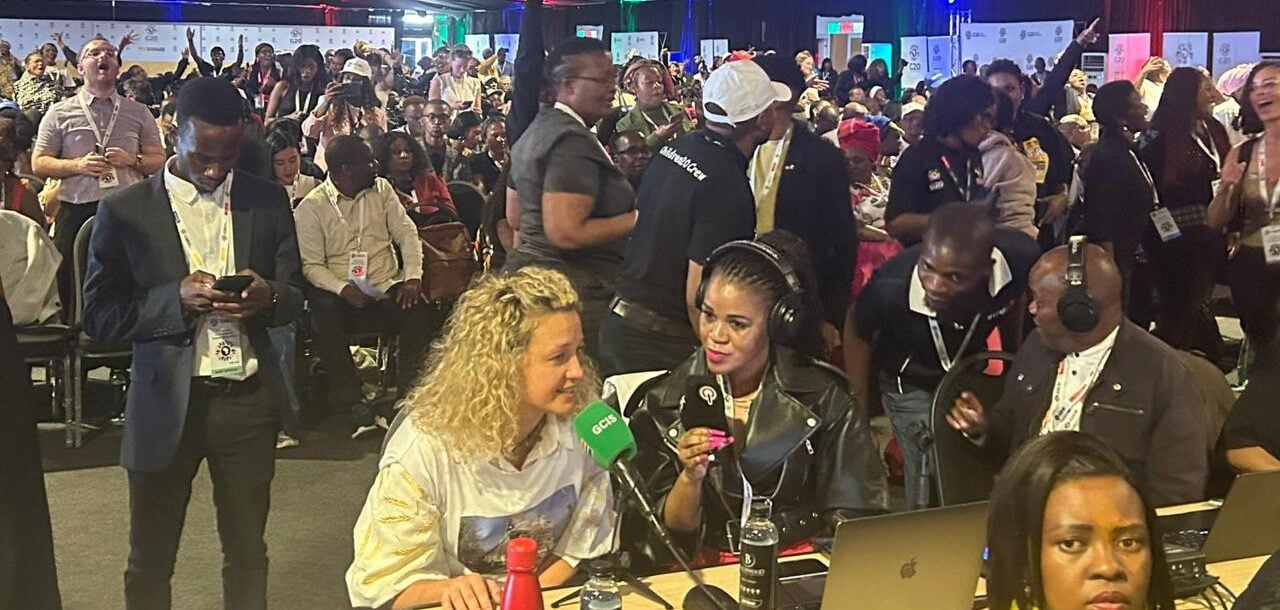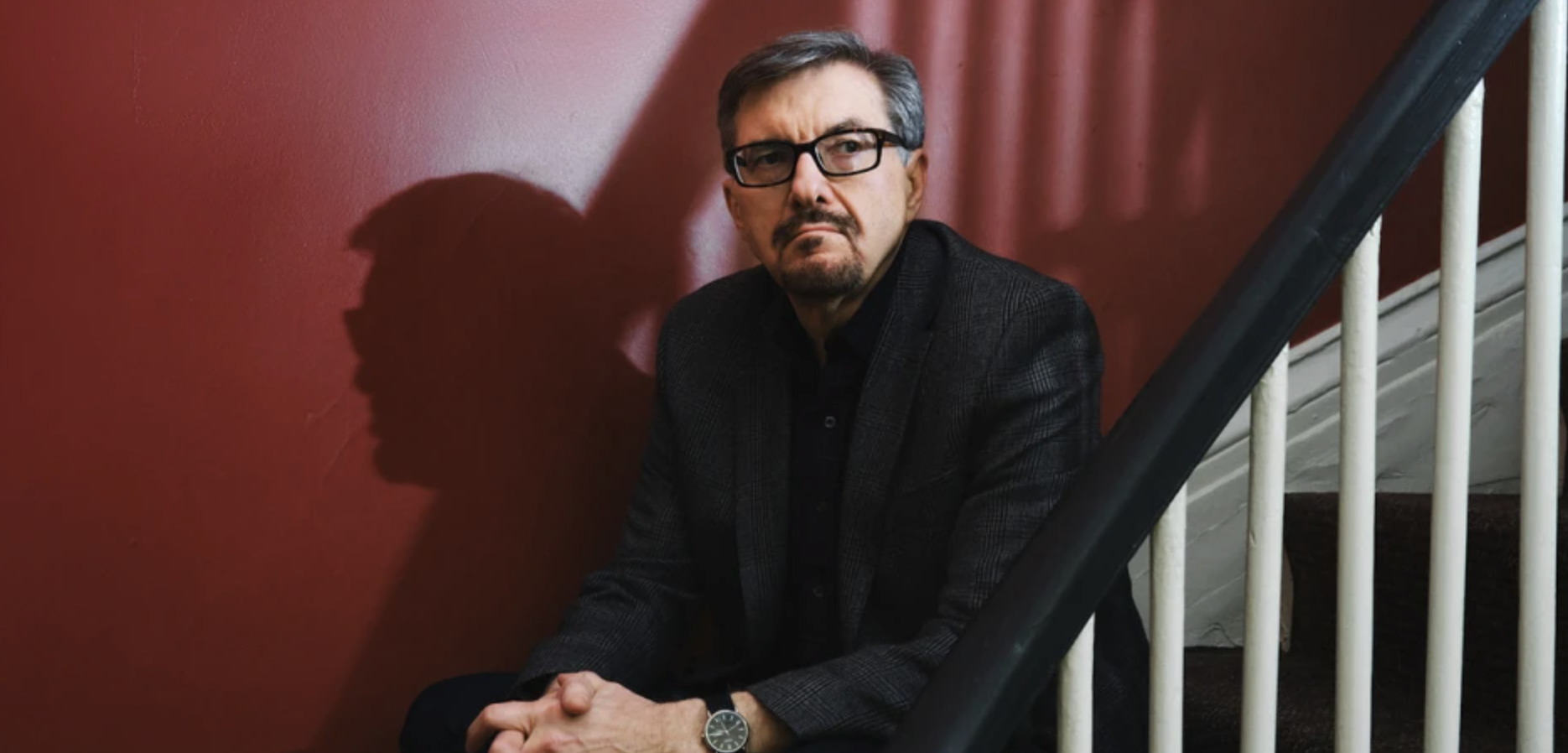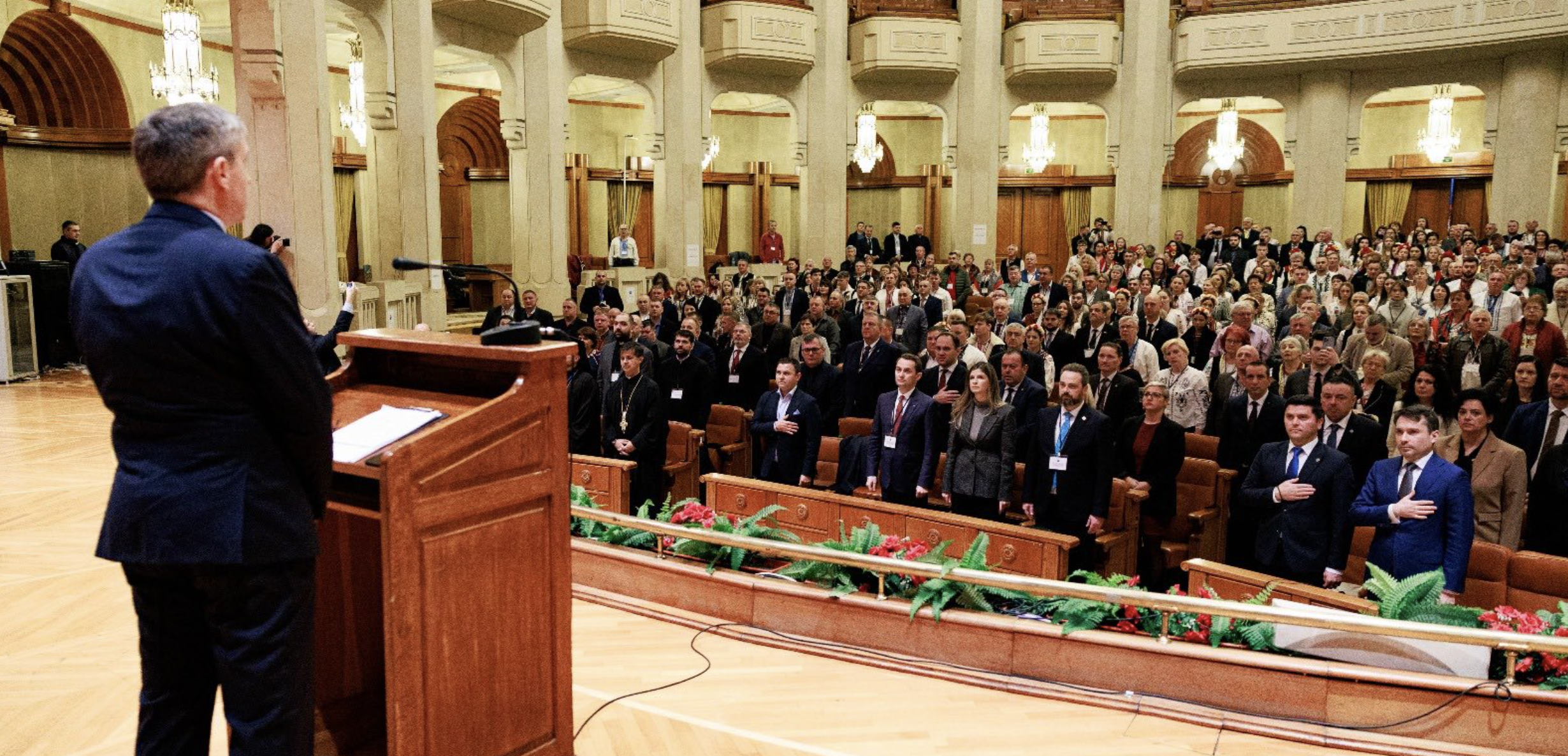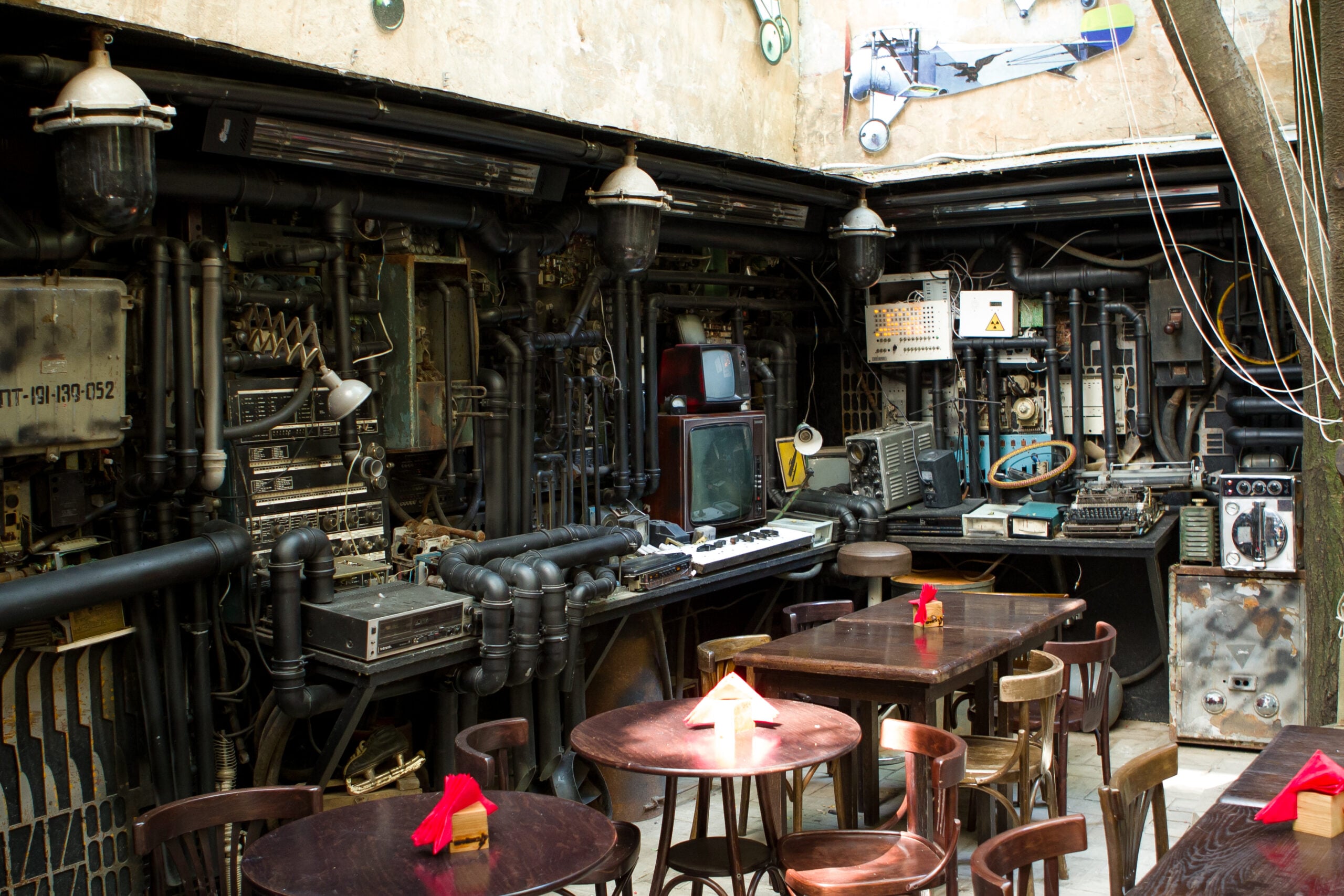
LVIV – The Center for Research of the Liberation Movement (CRLM) has made over 7,000 documents from the archives of the NKVD, the Soviet Union’s secret police and security service that was responsible for spying, political repression, mass arrests, and running a GULAG system during Joseph Stalin’s era.
These materials, which were removed from Ukraine to Russia in the late 1980s, are now accessible for viewing and download on the “Electronic Archive of the Ukrainian Liberation Movement,” according to CRLM, as reported by Novynarnia.
The collection sheds light on the “war after the war” — the Soviet security forces’ fight against the Ukrainian freedom fighters known as the Ukrainian Insurgent Army (UPA in western Ukraine in the wake of World War II. The archive includes reports on combat operations, losses on both sides, NKVD methods of suppressing insurgents and controlling civilians, descriptions of underground structures, and extensive operational data.
Highlights of the released materials include summaries of “anti-Soviet activity” in 1944, details on the personnel and combat composition of NKVD internal troops, records of military misconduct including incidents of physical abuse, reports on extraordinary events, and detailed accounts of insurgent hideouts.
The documents encompass 1944-1945 and focus on the Volyn, Rivne, Ternopil, Lviv, and Ivano-Frankivsk regions, with some material also relating to Zhytomyr, Khmelnytskyi, Vinnytsia, and areas of present-day Romania and Poland.
CRLM first published 3,500 documents from the “Removed Archive” in 2021 with support from the Ukrainian Cultural Foundation. Work was interrupted by Russia’s full-scale invasion but resumed in 2025, adding another 4,000 digitized artifacts to the collection.
“Our plan is to digitize the entire archive, and we are steadily moving toward that goal. Russia continues to steal archives even today, creating space for historical manipulation,” said project lead Anna Oliinyk.
She added: “Making these documents available online is not only about restoring sources for research, it’s also a reminder that we will reclaim what is ours, no matter how long it takes.”
The complete archive can be accessed here.
Cover: Shutterstock



